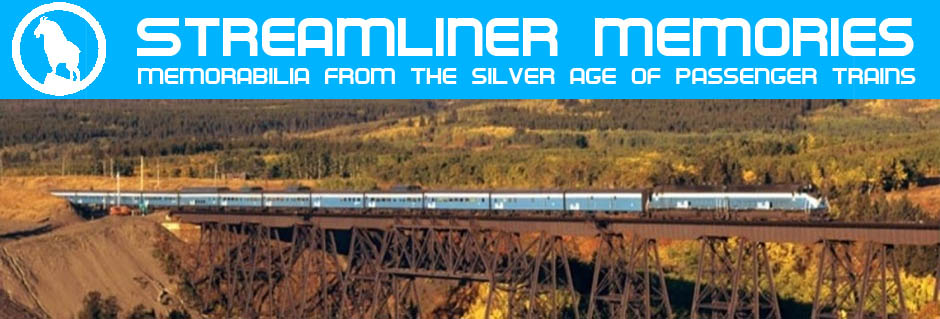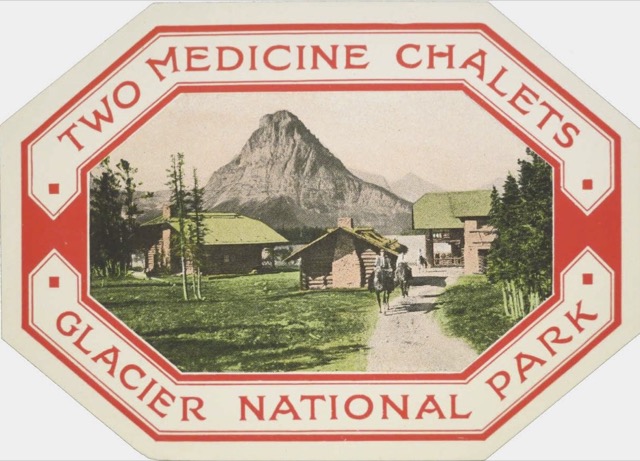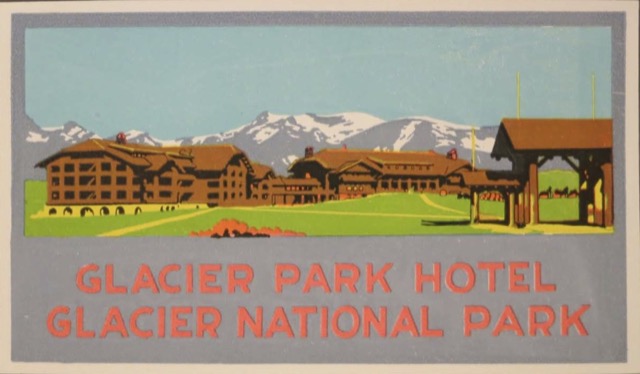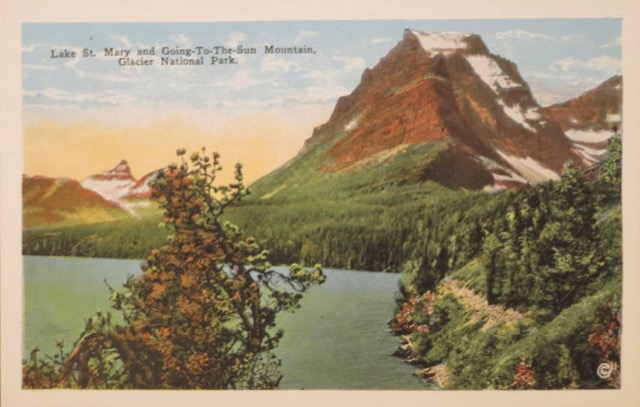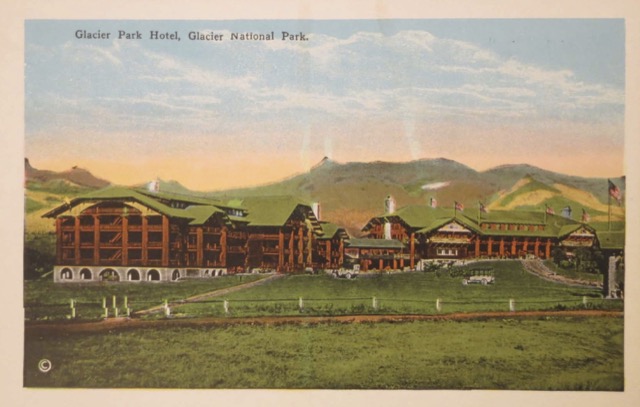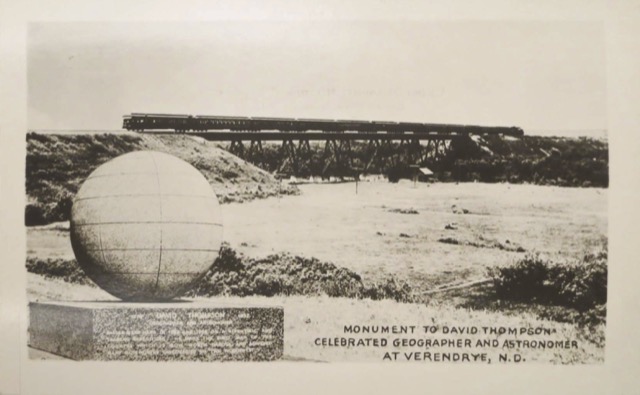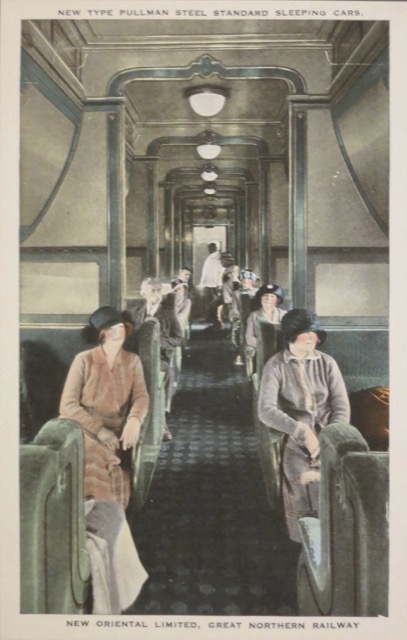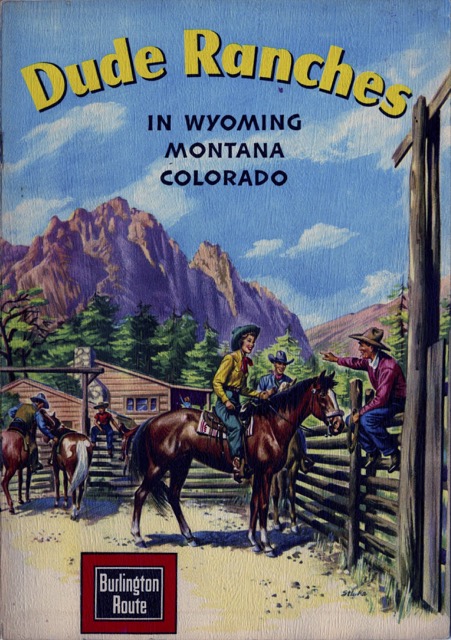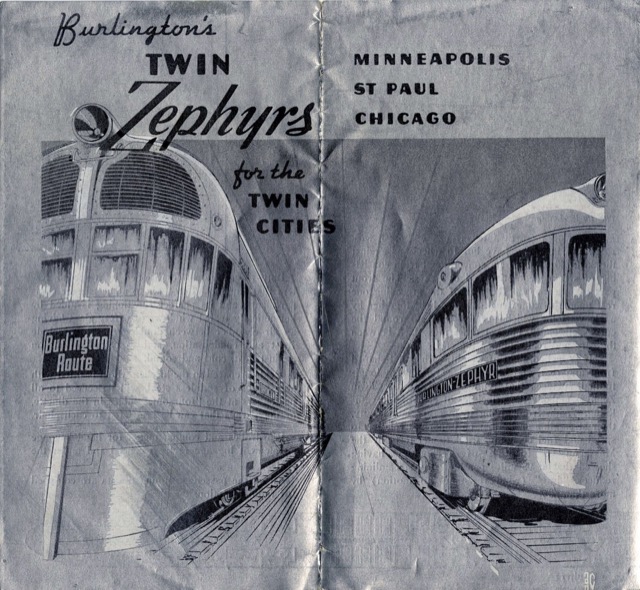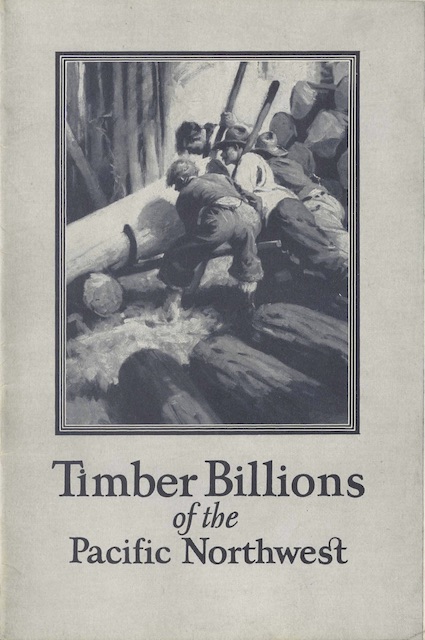These luggage stickers, which I copied from Minnesota History Center files, feature Old Bill, which is what the Great Northern called the animal in its original mountain goat logo. Rocky replaced Old Bill in 1936.
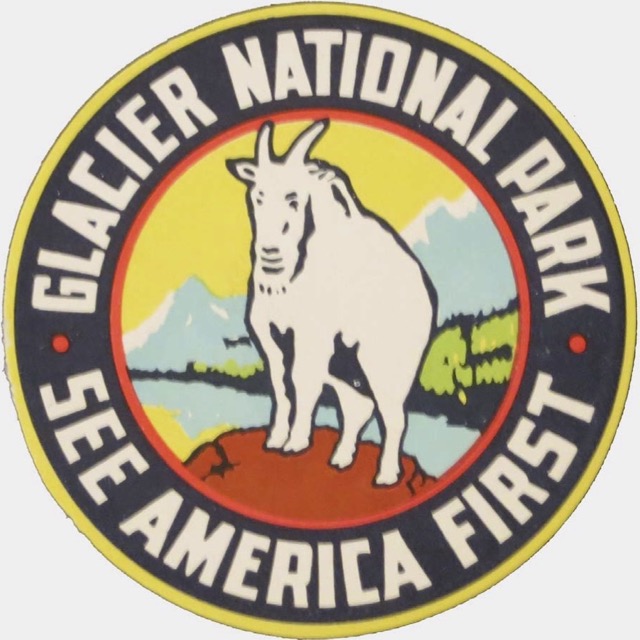 Click any image to download a PDF of the sticker in that image.
Click any image to download a PDF of the sticker in that image.
In this image, Old Bill seems to be standing on the rocks where Going to the Sun Chalets were located. Although Great Northern did not invent the phrase “See America First,” it was the first to use it in a national advertising campaign that included painting it on thousands of boxcars. I wonder if the fact that GN could stand for either Great Northern or Glacier National influenced the railway’s decision to heavily advertise the park. Continue reading
